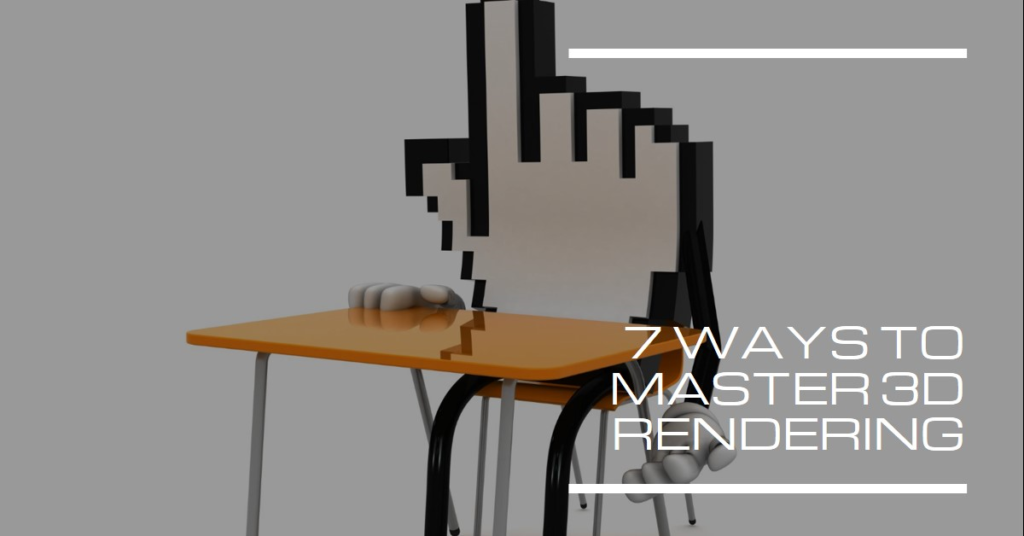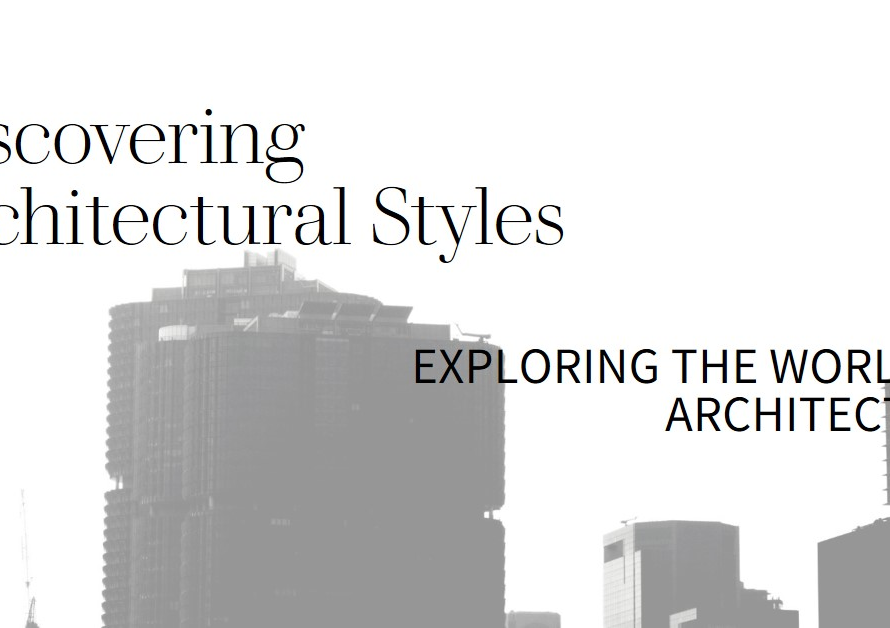
Table of Contents
Rendering is an essential skill for 3D artists, enabling them to transform digital models into realistic and visually captivating images. In this comprehensive guide, we’ll delve into ten effective ways that 3D artists can learn and master rendering techniques to enhance their artistic capabilities and produce stunning visual content.
1. Start with Fundamental Concepts: Lay a Strong Foundation
Understanding the fundamental principles of rendering is crucial for every 3D artist. Begin by grasping concepts such as lighting, materials, textures, and rendering algorithms. Learn about different types of renderers like ray tracing, rasterization, and hybrid methods to understand how they impact the final output. By mastering these basics, you’ll gain insights into how light interacts with surfaces, how materials behave under different conditions, and how to optimize rendering settings for efficiency and quality.
2. Dive into Online Courses and Tutorials: Tap into Expert Knowledge (3D Artist)
Online platforms offer a treasure trove of rendering courses and tutorials created by industry experts. Enroll in courses on platforms like Udemy, Coursera, and Skillshare that cover rendering software such as Blender, Maya, 3ds Max, and more. Follow step-by-step tutorials that focus on specific rendering techniques like global illumination, material creation, and post-processing effects. Take advantage of forums and online communities associated with these courses to seek guidance, share experiences, and collaborate with fellow learners.
3. Practice with Personal Projects: Apply Theory to Real-World Scenarios
Hands-on practice is key to mastering rendering skills. Undertake personal projects that challenge your understanding of rendering principles. Create scenes ranging from simple objects to complex environments like architectural interiors, outdoor landscapes, or sci-fi settings. Experiment with different lighting setups, textures, and camera angles to achieve diverse visual outcomes. As you tackle more projects, you’ll encounter rendering challenges that push you to learn new techniques and problem-solving strategies.
4. Collaborate and Seek Feedback: Learn from Peers and Mentors
Joining communities of fellow 3D artists and seeking feedback on your work can accelerate your learning journey. Share your renders on platforms like ArtStation, Behance, or dedicated forums for 3D artists. Engage in constructive critiques and discussions to understand areas of improvement and gain fresh perspectives. Collaborate on projects with peers or mentorship programs where experienced artists guide you through rendering workflows, industry best practices, and advanced techniques.
5. Attend Workshops and Conferences: Immerse Yourself in Learning Environments
Participating in workshops, seminars, and industry conferences offers immersive learning experiences and networking opportunities. Look for events hosted by software companies, creative agencies, and industry organizations that focus on rendering techniques, software updates, and emerging trends. Attend hands-on workshops conducted by rendering experts to dive deep into specific topics like photorealistic rendering, shader development, or GPU optimization. Networking with professionals in the field can also open doors to collaborations and career opportunities.
6. Explore Specialized Rendering Software: Expand Your Toolset
While mastering a primary rendering software is essential, exploring specialized rendering tools can broaden your skill set and creative possibilities. Experiment with software like KeyShot for product visualization, Octane Render for GPU-accelerated rendering, or Arnold for complex lighting scenarios. Each software has its strengths and workflows, allowing you to achieve different aesthetic styles and production efficiencies. Familiarize yourself with industry-standard software used in specific sectors like architecture, gaming, animation, or VFX to align with professional requirements.
7. Analyze and Reverse Engineer Rendered Images: Learn from Existing Artworks
Analyzing high-quality rendered images and reverse engineering their techniques is a valuable learning exercise for 3D artists. Study artworks created by industry professionals or renowned artists in online galleries, art books, or tutorials. Break down the elements such as lighting setups, material properties, composition, and post-processing effects used in these renders. Attempt to recreate similar effects or styles in your own projects, applying the knowledge gained from deconstructing professional works.
8. Experiment with Different Rendering Engines: Understand Their Capabilities
Rendering engines play a significant role in defining the visual quality and workflow efficiency of your renders. Experiment with popular rendering engines such as V-Ray, Corona Renderer, Redshift, and LuxCoreRender to understand their capabilities, strengths, and limitations. Compare rendering speeds, quality of global illumination, support for advanced materials, and compatibility with different 3D software. Having proficiency in multiple rendering engines expands your versatility and adaptability in diverse project scenarios.
9. Stay Updated with Industry Trends and Technologies: Embrace Innovation
The field of rendering continually evolves with new technologies, trends, and workflows. Stay updated by following industry blogs, forums, and social media channels dedicated to rendering and CGI. Explore advancements in real-time rendering engines like Unreal Engine and Unity for interactive experiences and virtual reality applications. Keep an eye on developments in hardware technologies such as GPUs, ray tracing technologies, and cloud rendering services that impact rendering speed, quality, and scalability.
10. Document Your Journey and Portfolio: Showcase Your Growth


Maintain a portfolio showcasing your rendering projects, progress, and achievements. Create a personal website, ArtStation profile, or online portfolio to showcase your best works, project descriptions, rendering breakdowns, and workflow insights. Documenting your learning journey not only highlights your skills and creativity but also serves as a valuable resource for potential clients, employers, or collaborators to assess your capabilities. Regularly update your portfolio with new projects, skills, and industry-relevant content to stay competitive and relevant in the ever-evolving field of rendering.
In conclusion, mastering rendering techniques requires a combination of theoretical understanding, practical application, continuous learning, and networking within the industry. By leveraging diverse learning pathways, staying curious, and embracing challenges, 3D artists can elevate their rendering skills, create impactful visual content, and thrive in the dynamic world of digital art and visualization.



